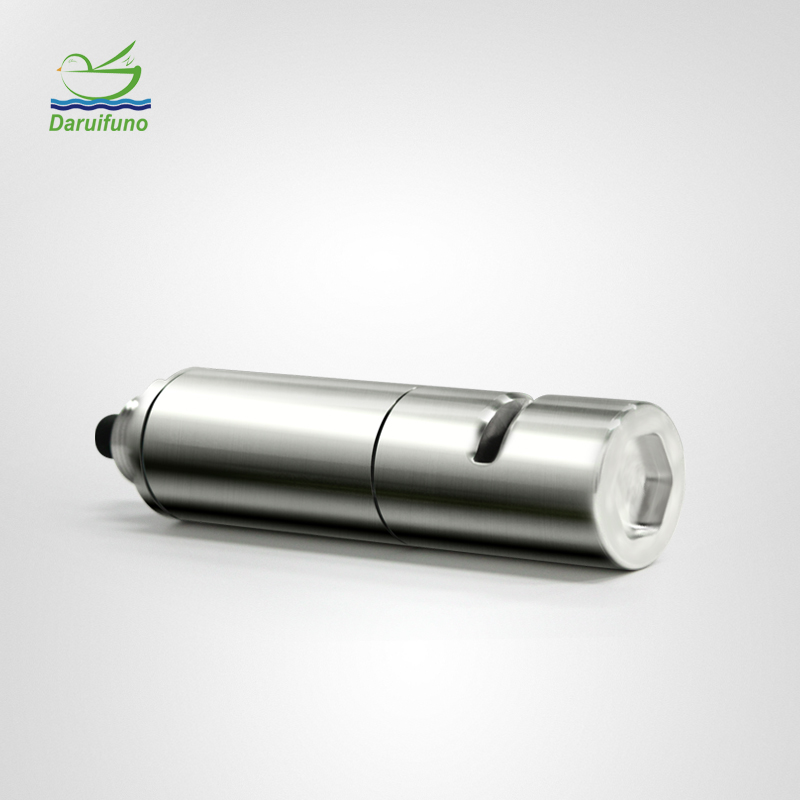Currently, the world is facing a critical shortage of traditional energy sources such as oil, coal, and natural gas. As these resources become increasingly scarce, humanity is forced to rely on more expensive alternatives like bioenergy, hydropower, geothermal, wind, solar, and nuclear energy. In China, the energy crisis is even more severe due to a combination of factors that make the situation particularly challenging. There are four major issues in China's energy development: first, per capita energy availability is low, with limited reserves; second, the energy structure remains heavily dependent on coal, which accounts for approximately 75% of total consumption, with annual coal usage surpassing 1.3 billion tons; third, there is a significant imbalance in the distribution of energy resources, leading to shortages in economically developed regions while rural areas lack commercial energy supply—this has resulted in initiatives like the North Coal to South Transport, West to East Gas Transmission, and West to East Power Transmission; fourth, energy efficiency is far below global standards, with only 33% of energy being used effectively at the terminal level, which is about 10% lower than in developed countries. With rapid urbanization, building energy consumption has surged dramatically, now accounting for 32% of total national energy use. Additionally, the energy consumed during the construction of building materials adds another 13%, making the total energy consumption of buildings reach nearly 45% of the country’s overall energy demand. This trend highlights an urgent need for action. Currently, China has over 40 billion square meters of existing buildings, most of which are high-energy-consuming structures. Every year, nearly 2 billion square meters of new buildings are constructed, with over 95% still classified as high-energy buildings. If current design standards with low energy efficiency continue, the energy burden will grow significantly, creating long-term management challenges. The massive energy consumption of buildings has already become a heavy economic strain. Therefore, implementing comprehensive energy conservation measures in the construction sector is essential. Energy-efficient buildings can help promote the rational use of energy resources, ease the pressure between energy supply and economic growth, support the development of a circular economy, and contribute to sustainable development. Moreover, it plays a vital role in ensuring national energy security, protecting the environment, improving people's living standards, and realizing the concept of scientific and sustainable development. BOD COD Sensor is a key analytical instrument that measures the oxygen consumption required for biological decomposition (BOD) and chemical oxidation (COD) of organic matter. BOD COD sensor stands for biochemical oxygen demand sensor and chemical oxygen demand sensor, also known as BOD COD probe. They play an important role in environmental protection, industrial wastewater management and regulatory compliance, providing essential quantitative data for maintaining water quality standards and optimizing treatment processes.  BOD quantifies the dissolved oxygen (DO) consumed by microorganisms during the aerobic decomposition of organic matter in water at standard conditions (typically 5 days at 20°C, known as BOD5). This parameter is particularly significant for: High BOD levels indicate excessive organic contamination that can lead to hypoxia, threatening aquatic life and indicating poor water quality. Traditional BOD measurement requires 5-day incubation, while modern sensor technologies enable real-time estimation through correlation methods.  COD measures the total quantity of oxygen required to oxidize all organic compounds in water through chemical oxidation, typically using dichromate in acidic conditions. Key characteristics include: COD values generally exceed BOD values as they account for a wider range of oxidizable substances. The COD/BOD ratio provides insights into wastewater treatability and organic composition.  Modern BOD COD sensors employ multiple measurement technologies: BOD COD sensors serve critical functions across multiple sectors: Daruifuno's BOD COD sensors combine advanced technology with practical design for reliable water quality monitoring: Our sensors are compatible with most SCADA systems and water quality monitoring platforms, offering seamless integration into existing infrastructure. With modular designs and multiple output options, Daruifuno sensors provide flexible solutions for diverse monitoring requirements. BOD COD Sensor,Biochemical Oxygen Demand Sensor,BOD COD probe Suzhou Delfino Environmental Technology Co., Ltd. , https://www.daruifuno.comOverview

Biochemical Oxygen Demand (BOD)
Chemical Oxygen Demand (COD)
Measurement Principles and Technical Features
Measurement Principles
Key Features and Advantages
Applications
Municipal Wastewater Treatment
Industrial Applications
Environmental Monitoring
Research and Education
Why Choose Daruifuno BOD COD Sensors?
Â
Â